Note: All student accounts were told to AP photographer Muhammed Muheisen while on assignment for TIME.
The third Tuesday in December appeared to begin like any other for students of the Army Public School in Peshawar. After offering early morning prayers, dressing in their uniforms and eating breakfast with family members, they went to school. Many pupils at the military-run institution in northwestern Pakistan are the offspring of army personnel. Some 1,100 were there that morning. At nightfall, about a tenth of them would be dead.
The siege began at around 10 a.m., after a group of militants in suicide vests entered the guarded compound from the back. They unleashed a fury of bullets as they surged through the campus. Some went to the auditorium, where a first aid lecture was being given. (About eight hours later, following a heavy response by security forces, the insurgents were dead but had taken more than 140 innocents with them. The Pakistani Taliban claimed responsibility.)
Mohammad, 14, was seated on the left side of the hall, listening to the instructor discuss bandaging, when he heard shooting outside a door in the back. A gunman with a long beard and scarf covering half his face entered seconds later. “Anyone in the room whose parents are in the Army?” he shouted three times.
The hall erupted in panic. Mohammad recalled being pushed from behind and falling to the ground, in between chairs, as other students piled on top of him. “I closed my eyes, I stopped my breathing and I lost track of time,” he said. A few minutes later, after the auditorium had grown silent, he started shifting the bodies off of him to get a better look at the scene.
He began moving when he didn’t see any gunmen, but was soon spotted. He jumped through a mess of chairs to a small dressing room off the stage, where a group of students was cowering in silence. There, he found his best friend, who had been shot in both legs and was missing a finger on his right hand. “I sat next to him and leaned my head on his shoulder,” said Mohammad.
Shortly afterward, one of the gunmen opened fire from the doorway, killing those who faced him. Mohammad stayed put after the militant left and until help arrived. “I could only hear soldiers asking if there is anybody alive but I couldn’t respond and suddenly my friend started crying, so the soldiers heard us and came to us.” Mohammad was escorted from the building and into an ambulance as his friend was carried out. “It’s a miracle I’m alive,” he would later say. “It’s a miracle I’m alive.”
His account, told to Associated Press photographer Muhammed Muheisen in the days after the assault, was similar to two students who were in the auditorium and echoed others that would grip the world in the wake of one of Pakistan’s deadliest terrorist attacks. Muheisen, the AP’s chief photographer in Pakistan, gained access to the school on Dec. 18. He passed through two checkpoints on opposite sides of a gate before entering in the same stairwell the militants had used two days earlier. He retraced their’ path into the back of the auditorium, where rows of overturned wooden chairs were the least of it.
“It smells like blood, death everywhere. As you go down, between the chairs there is blood, bullet shells, body parts,” he tells TIME. “It’s just when you enter this room, you feel this auditorium is kind of a death trap,” he adds. “You could feel what happened in this place.”
He moved through different portions of the main building, including classrooms and a corridor where first-responders traded firepower with the militants. At one point, Muheisen couldn’t hold back tears any longer. “School is supposed to be a peaceful place for children to study, to be educated, but this is a battlefield,” he says. “I’ve never seen such a horrific scene in my life.”
Beginning two days later in the school’s yard, Muheisen met students or the families of victims where a vigil had formed. They were at the school to retrieve their bags and other items that had been left behind. He sensitively approached survivors — “it was obvious in their faces” — to hear their accounts and ask for a portrait. Many were not ready to talk.
One girl, Mesbah, “really broke my heart.” Muheisen sat down next to the seven-year-old and asked if she wanted to say anything. “I remember nothing of that day,” she politely replied. “I have no memory of it.”
Afaq, 16, closed his eyes as he described where he was in the auditorium when the shots rang out. Seated in the front on the left side of the room, he recalled turning his head to see a gunman and, just as fast, rushing out a door nearby and running home. Batur, 14, did similarly, fleeing the auditorium as the chaos unraveled. He told Muheisen that he asked a rickshaw driver for a ride home, where he sat with his mother and watched it all unfold on television.
Muheisen also met two brothers who survived. The younger one, Muzammil, 12, was “a better talker” than his older brother and vividly recalled how his teacher asked him and his peers to stop crying and “be quiet or we all are going to be killed.” He was escorted out and found his father among the sea of parents awaiting word about their children. As did Muddathir, 14, who was in a classroom when he heard shooting. After being led out of the school and reuniting with his father and brother, he said, “I felt as if I [was] just born into this world.” Muheisen says Muddathir was still “terrified,” like “he’s not out of the school yet.”
Having spoken with 11 students, Muheisen could put together a bleak picture of how they were managing. “They’re lost,” he says, bluntly. “They’re talking but it’s like they’re not aware of what happened.” Most had gaps in the middle of their stories. “From one student to another, the impact is different. But you can see through the body language of the students what they [went] through.”
For his part, Muheisen recognizes his role. “This is the power of what we do and this is the power of photojournalism,” he says. “Those stories would otherwise only remain with the survivors, but this way we give them a voice.” He calls the children he met “heroes,” as they not only had to survive the attack, but now must live with it. While some highlighted how dangerous it is to study there, they told Muheisen of their intent to return to class.
“Education is so valuable and essential but there is a price to be paid to be a student in Peshawar,” Mohammad told him. “I will go back to my school again.” Afaq admitted he is afraid to return to the same school but that the attack had shifted his ambitions: “I always wanted to become a doctor, but now I want to join the army and fight terrorism and save lives,” he said. “I don’t want to just cure my people, I want to make sure that they never get harmed.” Bilal, 16, doesn’t think he’ll return to the school but understands the importance of education: “I have to go back to a school. If we don’t study, we will remain blind, and I don’t want to spend my life being blind.”
Muzammil, not yet in his teens, put it like this: “I will protect my country with a pen, not a gun.”
Muhammed Muheisen is the Associated Press’ chief photographer for Pakistan, based in Islamabad. He joined the AP in 2001, covering the Israeli-Palestinian conflict and major events in the region. In 2003, he started traveling on international assignments and was part of the team awarded the Pulitzer Prize for Breaking News in 2005 for their work in Iraq, and again in 2013 for their coverage of the civil war in Syria. He was named TIME‘s Wire Photographer of 2013.
Paul Moakley, who edited this photo essay, is the Deputy Photo Editor at TIME.
Andrew Katz is a homepage editor and reporter covering international affairs. Follow him on Twitter @katz


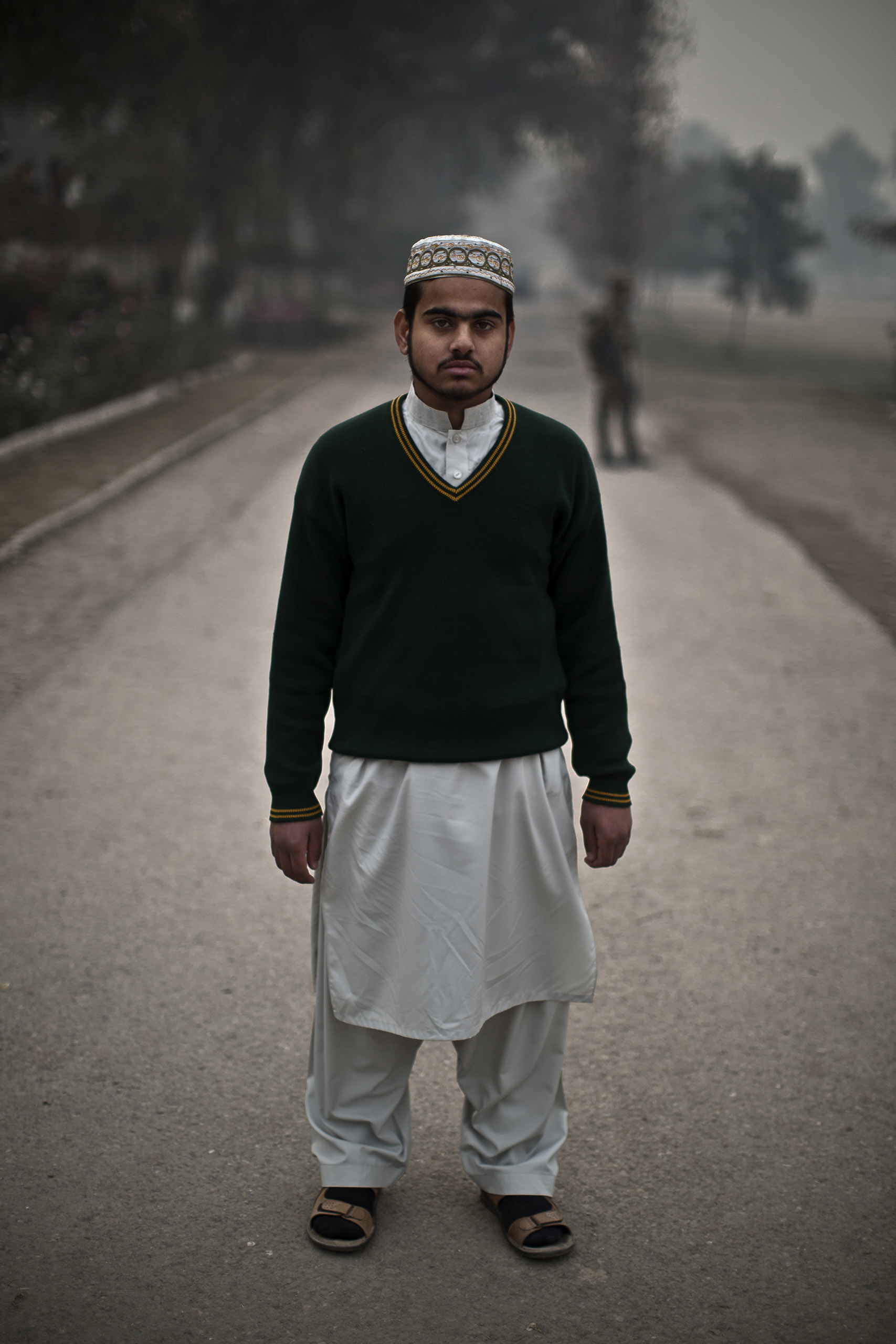
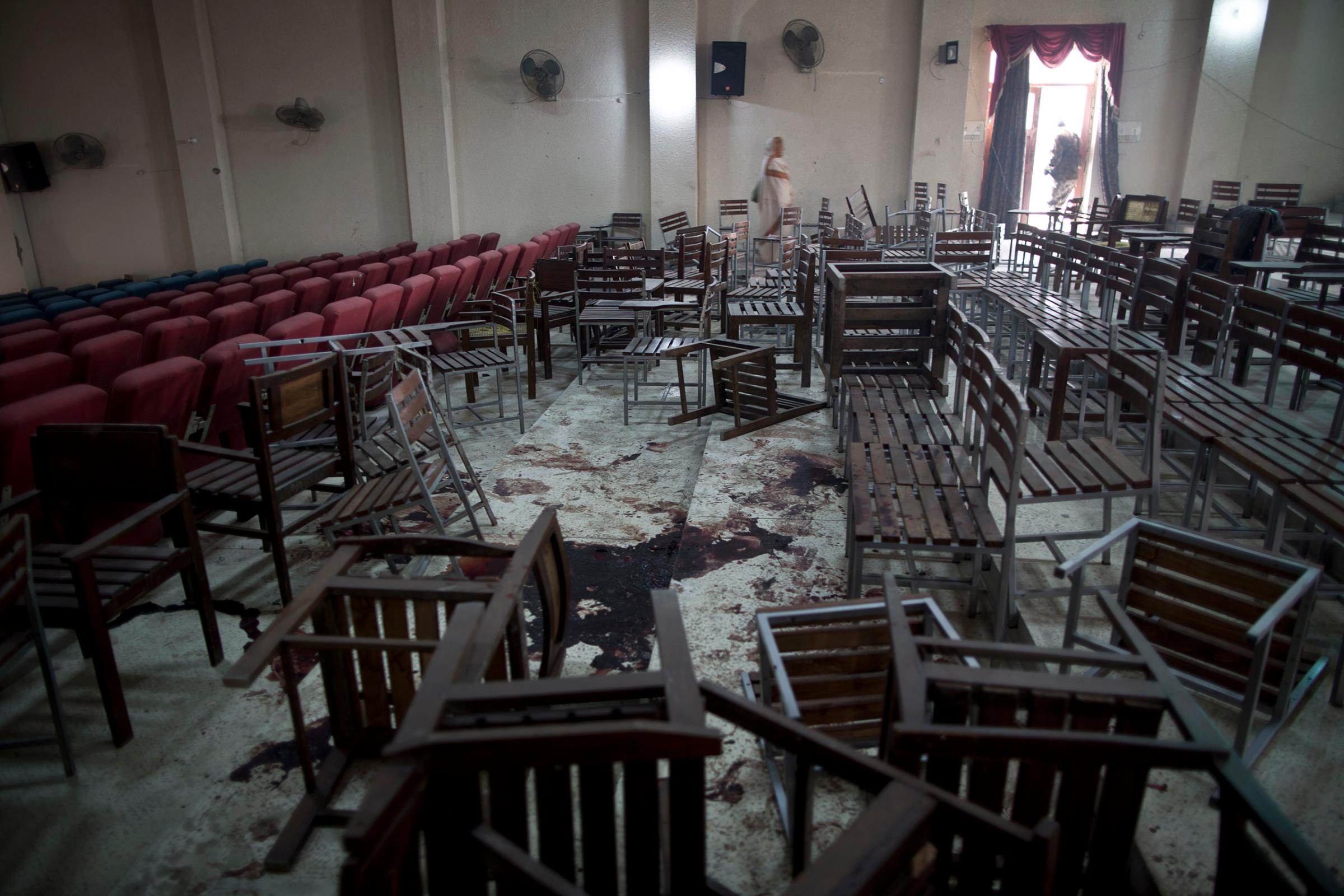


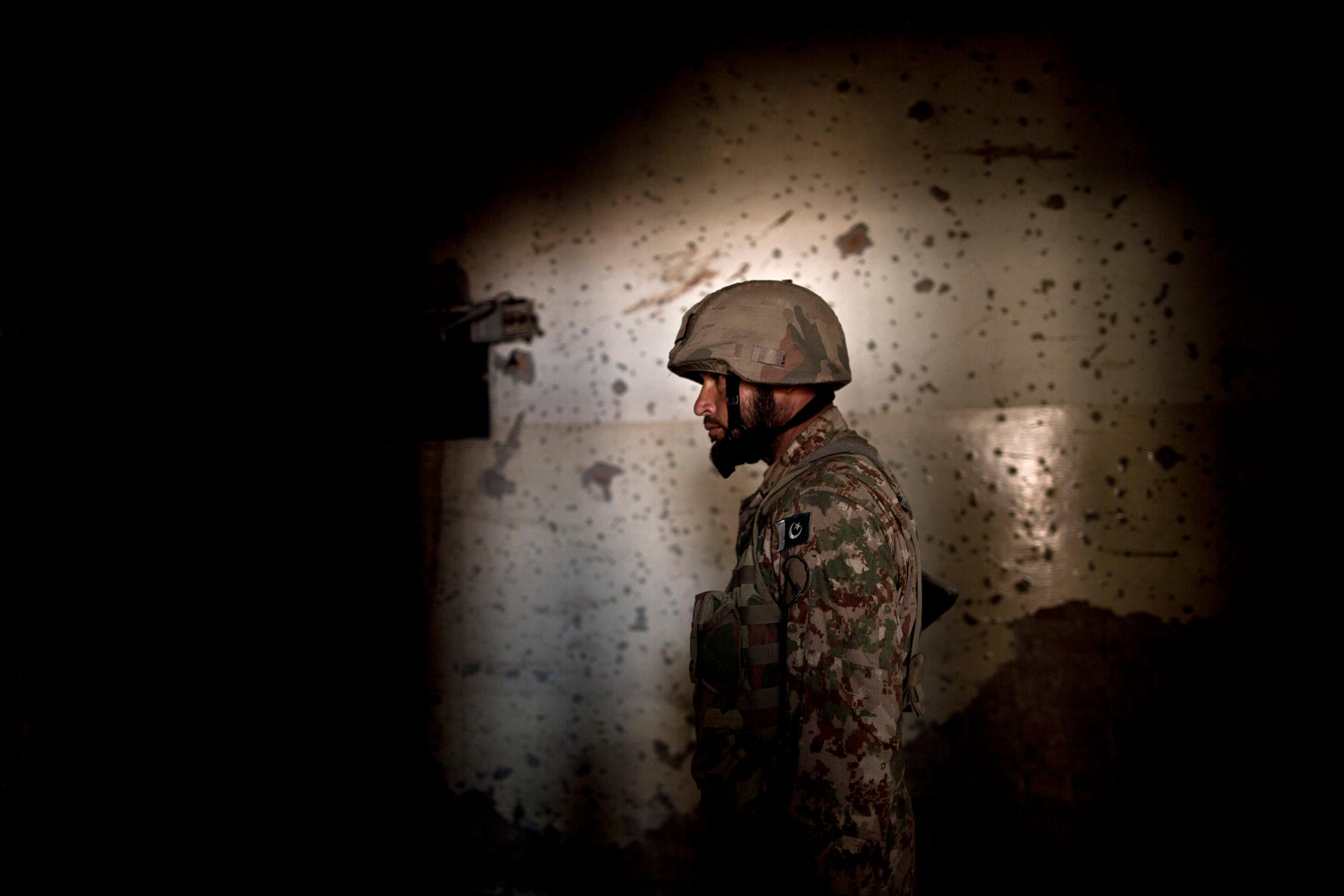

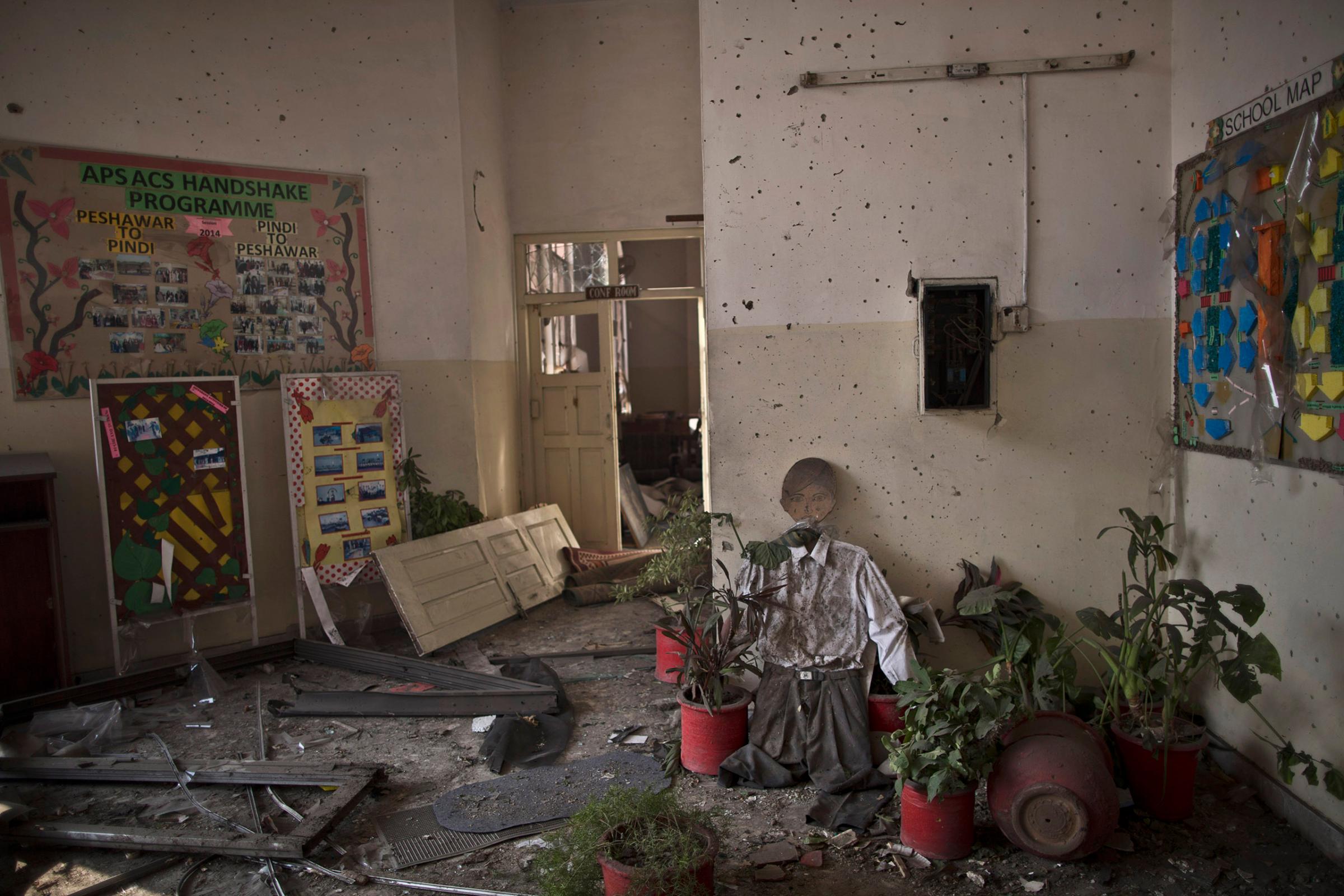


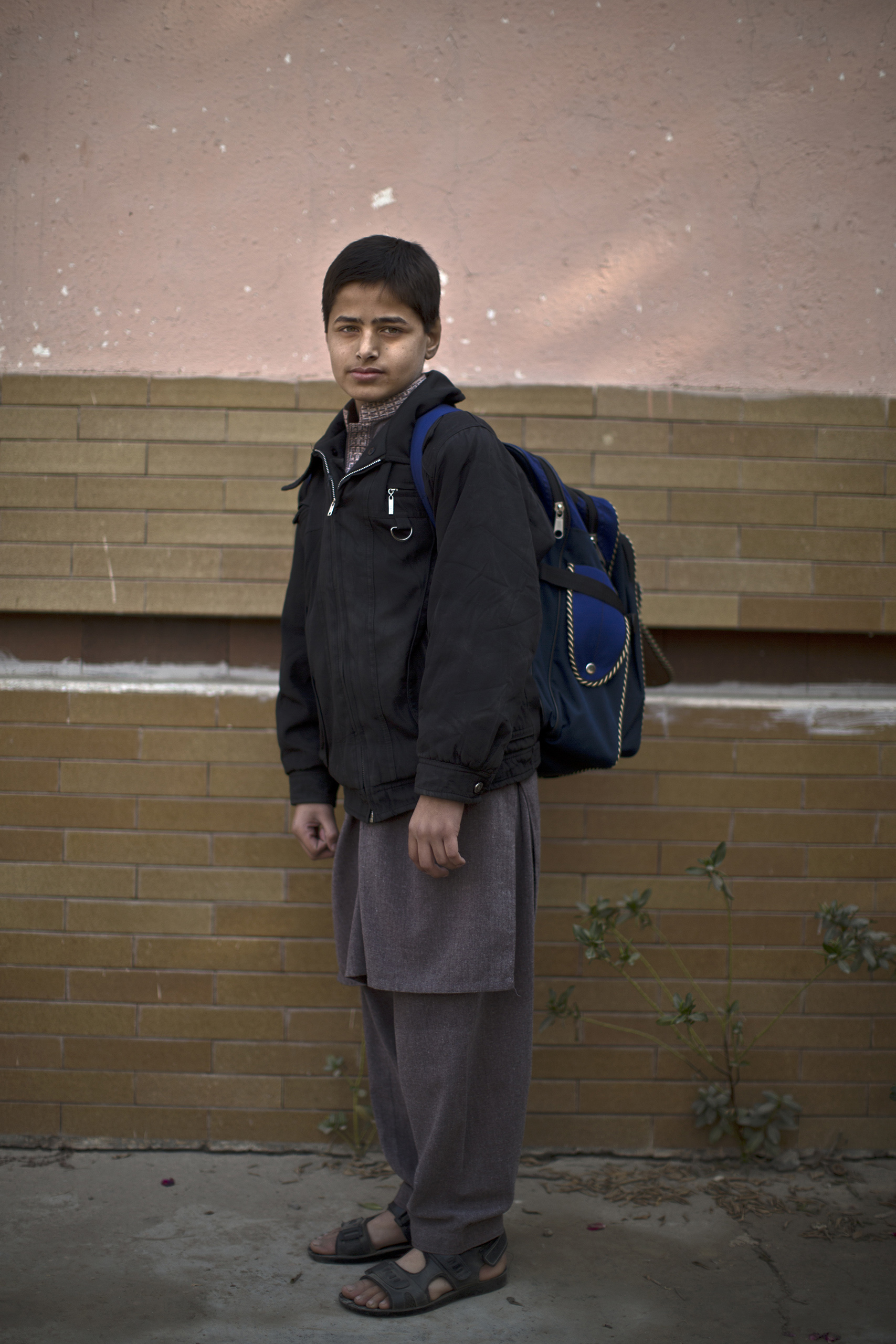
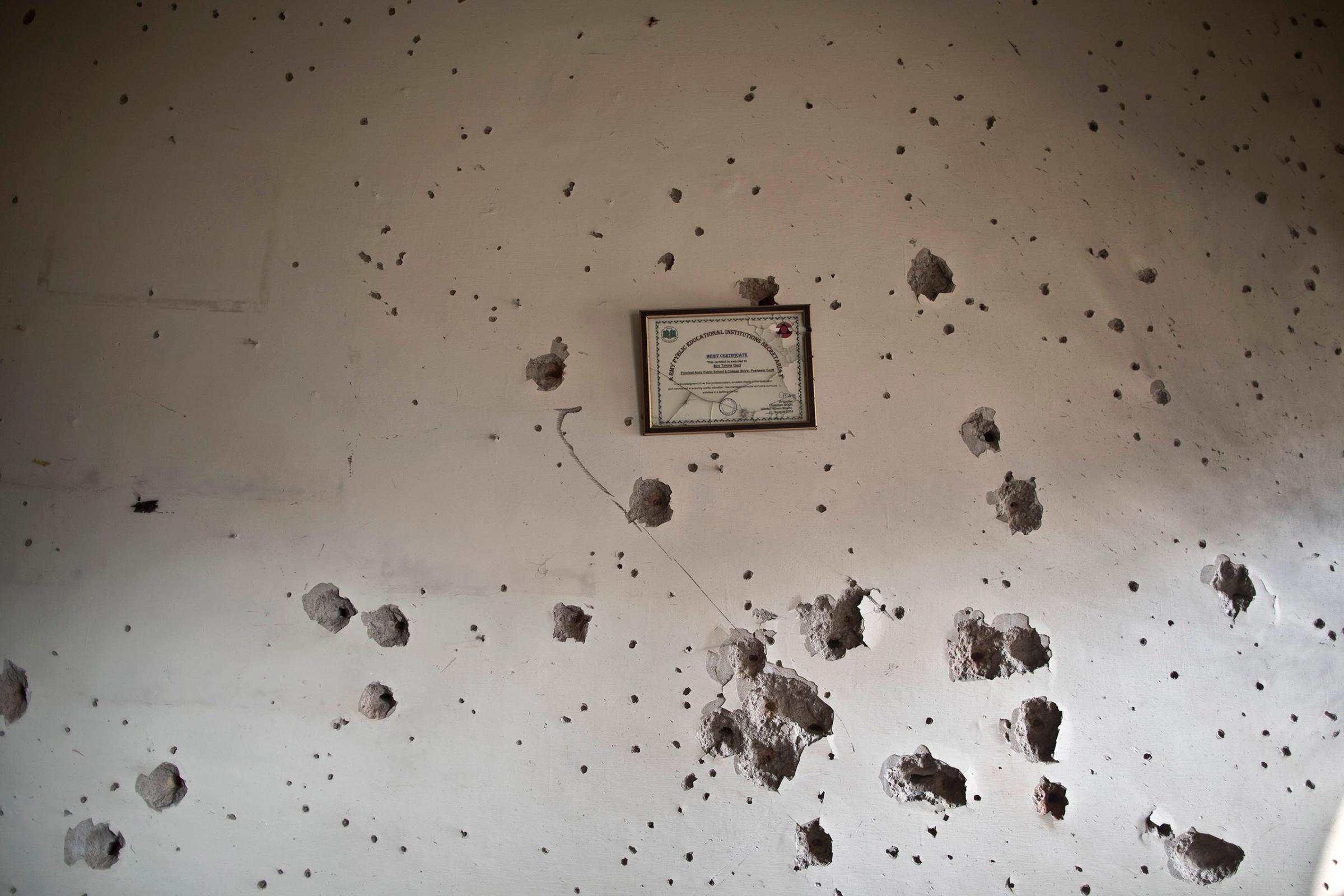



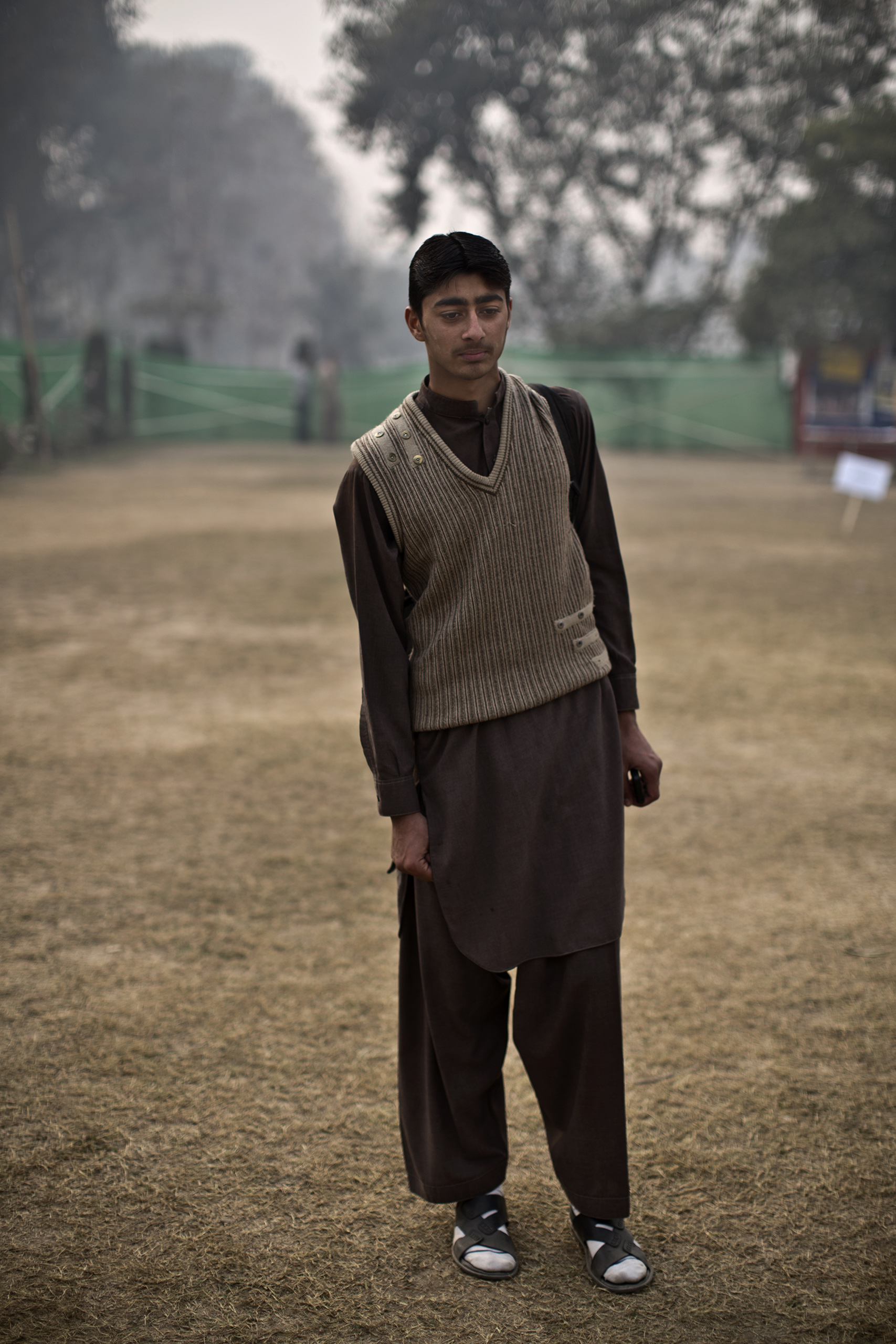

More Must-Reads From TIME
- The 100 Most Influential People of 2024
- The Revolution of Yulia Navalnaya
- 6 Compliments That Land Every Time
- Stop Looking for Your Forever Home
- If You're Dating Right Now , You're Brave: Column
- The AI That Could Heal a Divided Internet
- Fallout Is a Brilliant Model for the Future of Video Game Adaptations
- Want Weekly Recs on What to Watch, Read, and More? Sign Up for Worth Your Time
Contact us at letters@time.com